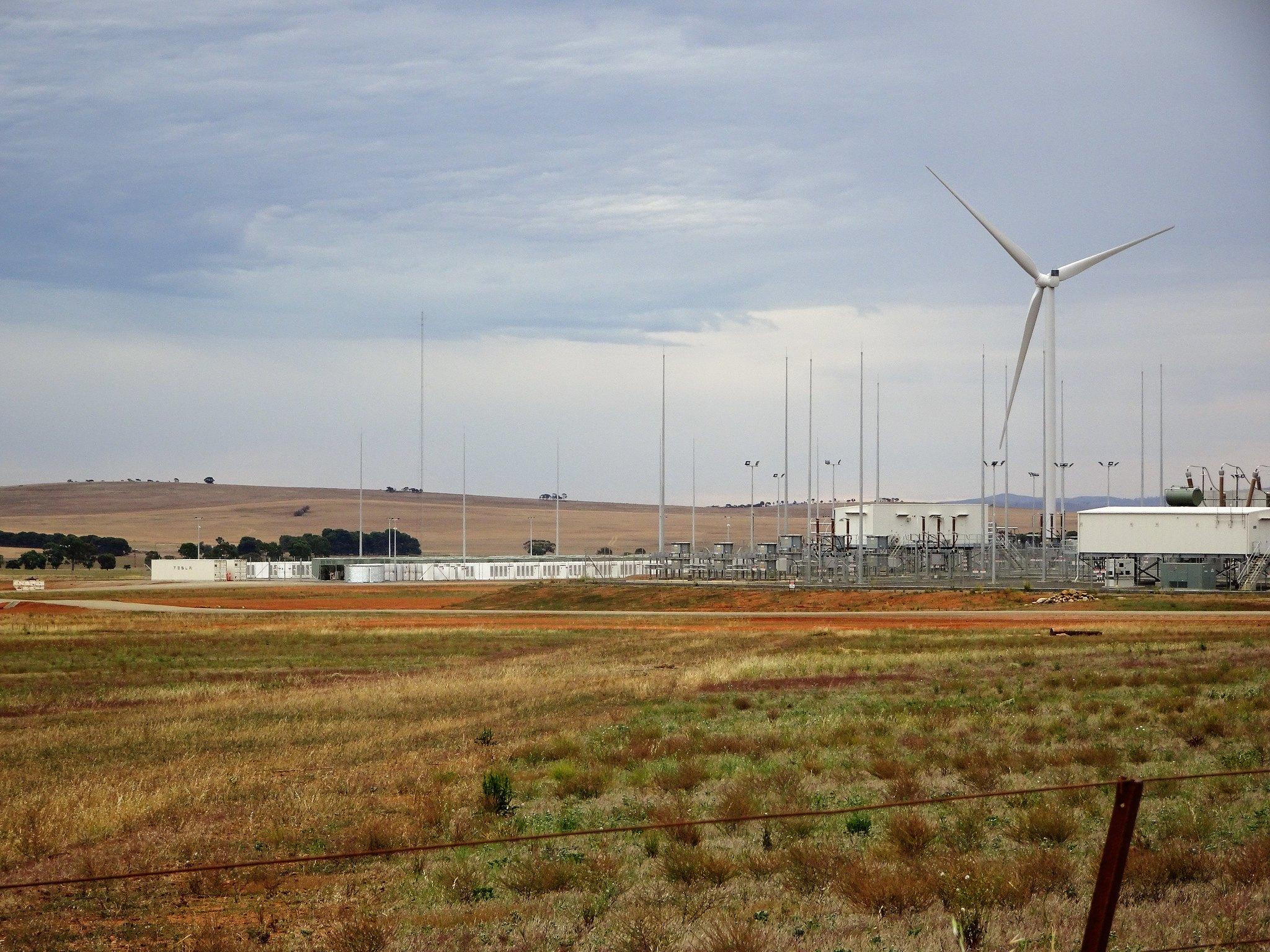How green is a battery-powered future?
Analysis: They can hold renewable energy, but the lithium-ion batteries that power our lives have their own issues

Our lives are powered by lithium-ionbatteries. From sending emails to checking social media to driving to friend’s houses, batteries keep 21st-century life in motion.
This reliance is set to increase over the coming decades. As we move towards a coal-free future, batteries will increasingly be used in conjunction with renewable energy production.
One problem with renewable energy sources is that turbines generate electricity only if it's windy and solar panels work only when the sun shines. Batteries help us get around this problem as they can store energy and release it when demand is high.
This week it was announced that the UK's biggest battery was going to be built at Whitelee wind farm near Glasgow. The battery will store power generated by 215 turbines and should prop up the National Grid even when the wind is not blowing.
This is expected to be the first of at least six similar projects across Scottish Power's renewable energy sites.
It follows the world's largest battery installation in Adelaide in 2017. The project was built to store energy alongside Neoen’s Hornsdale windfarm, near Jamestown. At the end of last year figures presented by the Australian Energy Week suggested the new system had reduced the price of power outages by 90 per cent.
These developments are often exciting but the raw materials used to build this technology come with their own environmental costs.
Currently 75 per cent of the world’s lithium comes from Australia, Chile, Argentine and China. Some analysts fear that South America could become the new “Middle East” as battery power starts to replace coal. “Bolivia would become far more of a focus of world attention than Saudi Arabia ever was,” according to experts from Meridian International Research.
A key element in lithium-iron batteries is cobalt in the positive electrodes (or cathodes). More than 60 per cent of the world's cobalt comes from the Democratic Republic of Congo.
Chinese companies are running many of the country’s industrial mines using more than 35,000 children – some as young as six – to do the dirty work. They are risking their lives to mine cobalt for big electronic firms, many of which are likely to be aware of the appalling conditions they work in.
There is also a geopolitical risk if governments decide to restrict supply.
A 2015 report found that 82 per cent of the world’s graphite – another key component in batteries – comes from China. Manufacturers should be concerned about the supply of key components becoming centralised in one country.
There is a lot of enthusiastic investment in batteries but we need to think carefully about the environmental and political implications of extracting metals that made them.
Recycling rates for lithium are currently very low and if we continue to discard old metals, battery power might not look so green after all.
Read more on battery storage
Join our commenting forum
Join thought-provoking conversations, follow other Independent readers and see their replies
Comments